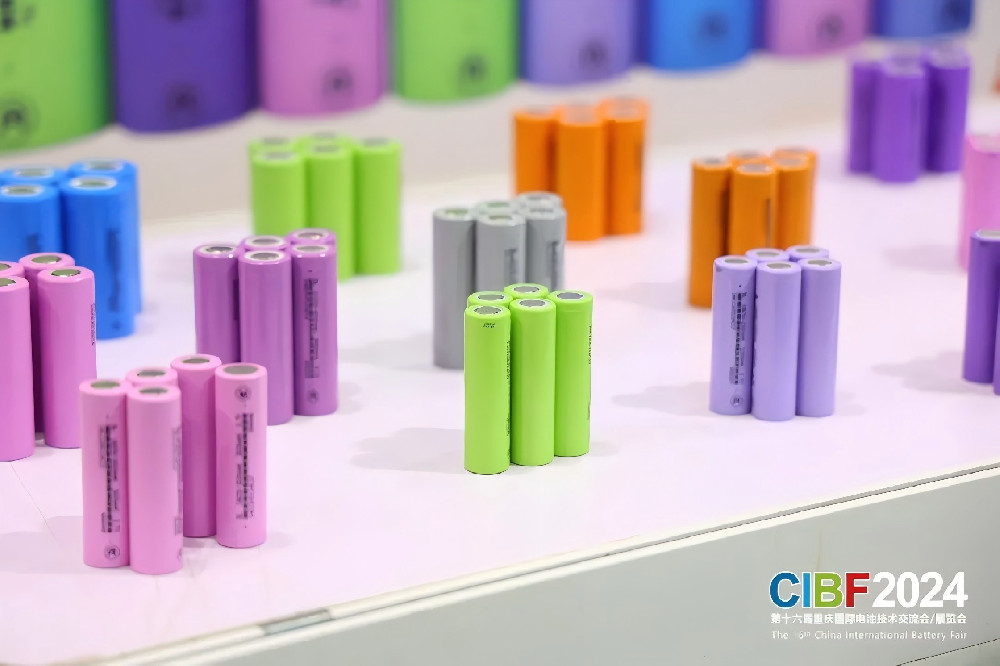
The 18650 ternary lithium battery has emerged as a key player in the field of energy storage, distinguished for its efficiency, longevity, and safety. With the surge in demand for portable power sources across various sectors, this battery type has gained significant attention. This article delves into the design, chemistry, advancements, applications, and future trends of the 18650 ternary lithium battery.
In order to appreciate the significance of the 18650 ternary lithium battery, it is important to understand its construction and how it operates. The name '18650' refers to the battery's dimensions: 18mm in diameter and 65mm in height. Ternary lithium batteries, on the other hand, utilize a combination of nickel, cobalt, and manganese (NCM) in the cathode material, which contributes to higher energy density and improved thermal stability.
The chemistry of ternary lithium batteries typically involves lithium nickel cobalt manganese oxide (NCM), which is known for its balanced performance profile. Nickel increases energy density, cobalt enhances stability, and manganese contributes to thermal stability and safety. This combination results in batteries that have a high capacity while maintaining a reasonable lifespan and safety margin.
There are several advantages to using 18650 ternary lithium batteries:
High Energy Density: They can store more energy in a smaller volume, making them ideal for portable electronic devices.
Long Cycle Life: Ternary batteries can withstand numerous charge and discharge cycles without significant capacity loss.
Improved Thermal Stability: The ternary composition allows for better temperature management compared to other battery types.
Fast Charging Capability: These batteries can be charged quickly, accommodating the fast-paced needs of modern technology.
The versatility of 18650 ternary lithium batteries is evidenced by their wide range of applications across various industries:
The most recognizable use of 18650 batteries is in consumer electronics, including laptops, smartphones, and handheld devices. Their compact size and high energy output make them a preferred choice for manufacturers looking to create lightweight and efficient products.
As the automotive industry pivots towards electric vehicles, 18650 ternary lithium batteries play a crucial role in powering these vehicles. Leading manufacturers, including Tesla, utilize this battery format for its energy density, efficiency, and longevity. The incorporation of ternary batteries allows EVs to achieve longer ranges on a single charge, ultimately promoting the adoption of clean energy transportation.
Besides mobile applications, 18650 ternary lithium batteries are increasingly used in renewable energy storage systems. They store excess energy generated from solar and wind sources, enabling users to tap into this clean energy when demand rises or during low production periods. This flexibility aids in stabilizing the grid and promoting sustainable energy consumption.
Ongoing research and development efforts are constantly pushing the boundaries of what 18650 ternary lithium batteries can achieve. Some of the recent advancements include:
Innovations in the chemical composition and manufacturing processes are yielding batteries with higher energy densities. Researchers are experimenting with alternative materials and advanced manufacturing techniques to enhance performance while reducing production costs.
Safety is paramount in battery technology. Recent advancements in thermal management systems, including better separators and cooling mechanisms, help prevent incidents linked to overheating or thermal runaway. Manufacturers are implementing advanced battery management systems to monitor each cell’s health and performance continuously.
As environmental concerns escalate, manufacturers are focusing on sustainable production methods. This includes using recyclable materials, reducing waste during the manufacturing process, and adopting cleaner energy sources in production facilities. These measures align with the global push towards cleaner and more sustainable technologies.
Despite their numerous advantages, 18650 ternary lithium batteries are not without challenges:
The primary materials used in ternary batteries, particularly cobalt, face supply chain issues and ethical concerns regarding mining practices. This has prompted a search for alternative materials that do not compromise battery performance while ensuring ethical sourcing.
As the demand for lithium batteries rises, so does the need for efficient recycling processes. Current recycling methods are often complex and inefficient, leading to a significant amount of waste. Developing better recycling technologies is essential for promoting a circular economy in battery production.
Looking forward, the future of 18650 ternary lithium batteries seems promising, with emerging trends shaping the direction of battery technology:
Solid-state technology represents a significant next step in battery design, potentially offering even greater energy densities, improved safety, and longevity. Researchers are exploring the integration of solid-state elements into the existing 18650 format, aiming for a smoother transition and enhanced performance characteristics.
Artificial intelligence and machine learning will increasingly play roles in optimizing battery performance and monitoring. By analyzing usage patterns and health metrics, AI can facilitate improved management systems that enhance overall battery life and performance.
With rising environmental concerns, regulatory standards regarding battery production, safety, and disposal are evolving. Emphasizing sustainability will likely reshape manufacturing and recycling practices, setting new benchmarks for the industry.
The 18650 ternary lithium battery represents a fusion of advanced technology and practical application, positioning itself as a critical component in the energy landscape. Its high energy density, longevity, and safety standards make it suitable for various applications, from consumer electronics to electric vehicles and renewable energy storage. As research and development continue to push the boundaries of battery technology, we can anticipate innovations that will further enhance performance and sustainability, paving the way for an electrified and cleaner future.